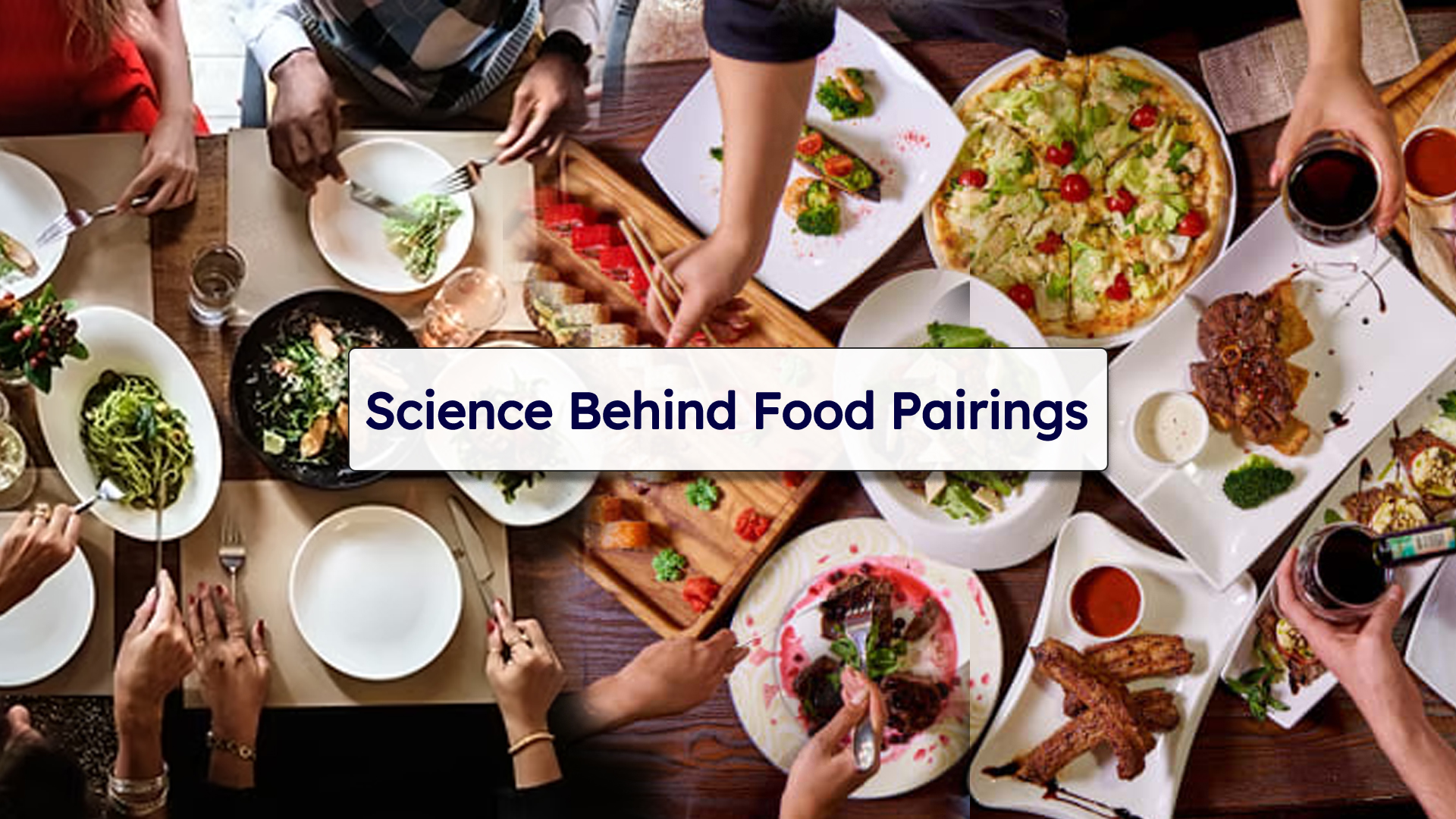Have you ever wondered why certain food combinations just seem to work? Whether it’s the classic pairing of peanut butter and jelly or the sophisticated match of wine and cheese, there’s a scientific explanation behind why some flavors complement each other so well. The study of food pairing is rooted in chemistry, neuroscience, and even cultural influences, making it a fascinating field to explore.
The Role of Flavor Compounds
One of the key reasons certain foods pair well together is their shared flavor compounds. These are chemical compounds responsible for aroma and taste. When two foods share similar flavor compounds, they tend to create a harmonious eating experience. For example, strawberries and chocolate both contain methyl butyrate, which contributes to their sweet and fruity aroma, making them a natural match.
Complementary vs. Contrasting Pairings
Food pairings can generally be categorized into two types: complementary and contrasting.
- Complementary Pairings: These involve foods that share similar flavor molecules, enhancing each other’s taste. Examples include tomato and basil, which both contain eugenol, a compound that adds depth and warmth to their flavors.
- Contrasting Pairings: These pairings work because they provide a balance of flavors, textures, or temperatures. Think of the salty-sweet combination of prosciutto and melon or the creamy-crisp contrast of avocado and toast. These pairings stimulate different taste receptors, creating a dynamic and enjoyable eating experience.
The Impact of Taste Buds and Sensory Perception
Our taste buds play a crucial role in determining which flavors go well together. The five basic tastes—sweet, salty, sour, bitter, and umami—interact with each other in interesting ways. For instance:
- Salt enhances sweetness, which is why salted caramel is so irresistible.
- Acidity balances richness, making citrus and fatty fish a perfect duo.
- Bitterness and sweetness counteract each other, leading to popular combinations like coffee and chocolate.
Beyond taste, our sense of smell is equally important. Flavor perception is a multisensory experience, involving taste, aroma, and even texture. That’s why creamy foods often pair well with crunchy textures—they engage multiple senses for a more satisfying bite.
Cultural and Psychological Influences
While science explains a lot, cultural traditions also play a significant role in food pairings. Many cuisines have evolved over centuries based on locally available ingredients and culinary practices. For example, the use of coconut milk and spicy ingredients in Thai cuisine balances heat with creaminess, creating a harmonious dish.
Additionally, our personal experiences and psychological associations influence how we perceive flavors. Childhood favorites, nostalgic meals, and even the ambiance of where we eat can impact how we experience food pairings.
Conclusion
The science behind food pairings is a blend of chemistry, sensory perception, and cultural traditions. Whether you’re experimenting in the kitchen or simply enjoying a well-matched dish, understanding why certain flavors work together can elevate your culinary experience. So next time you take a bite of a delicious pairing, remember—there’s real science behind that perfect flavor harmony!


